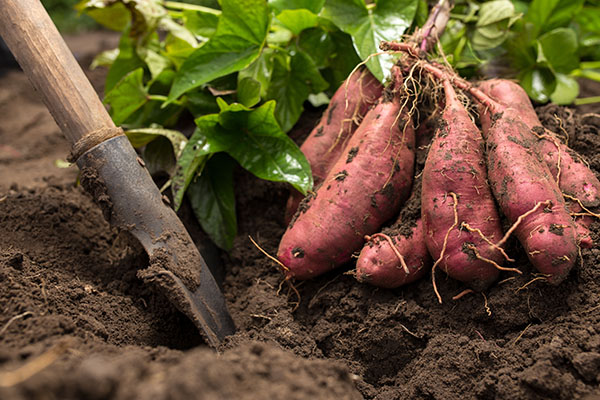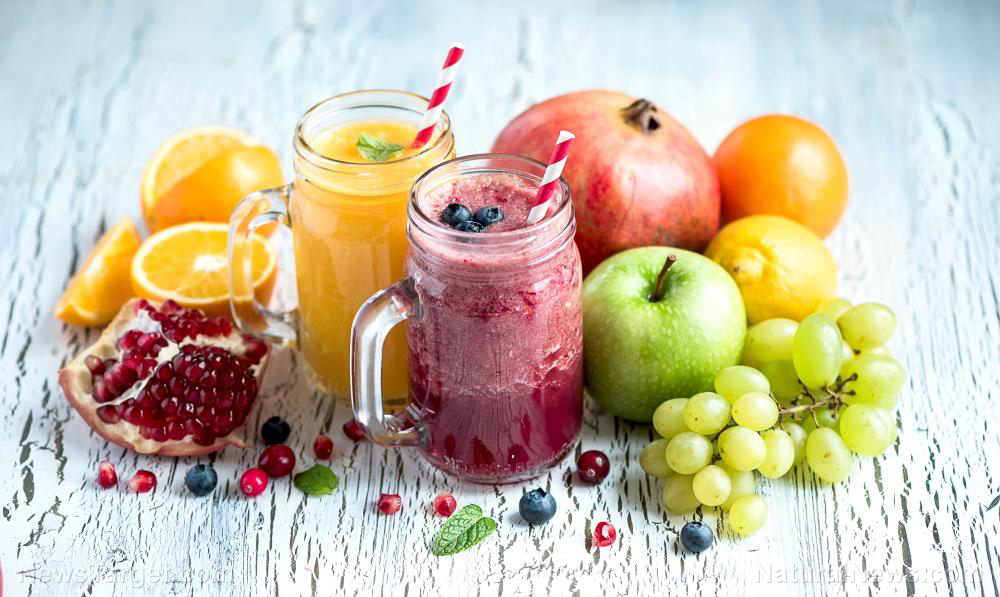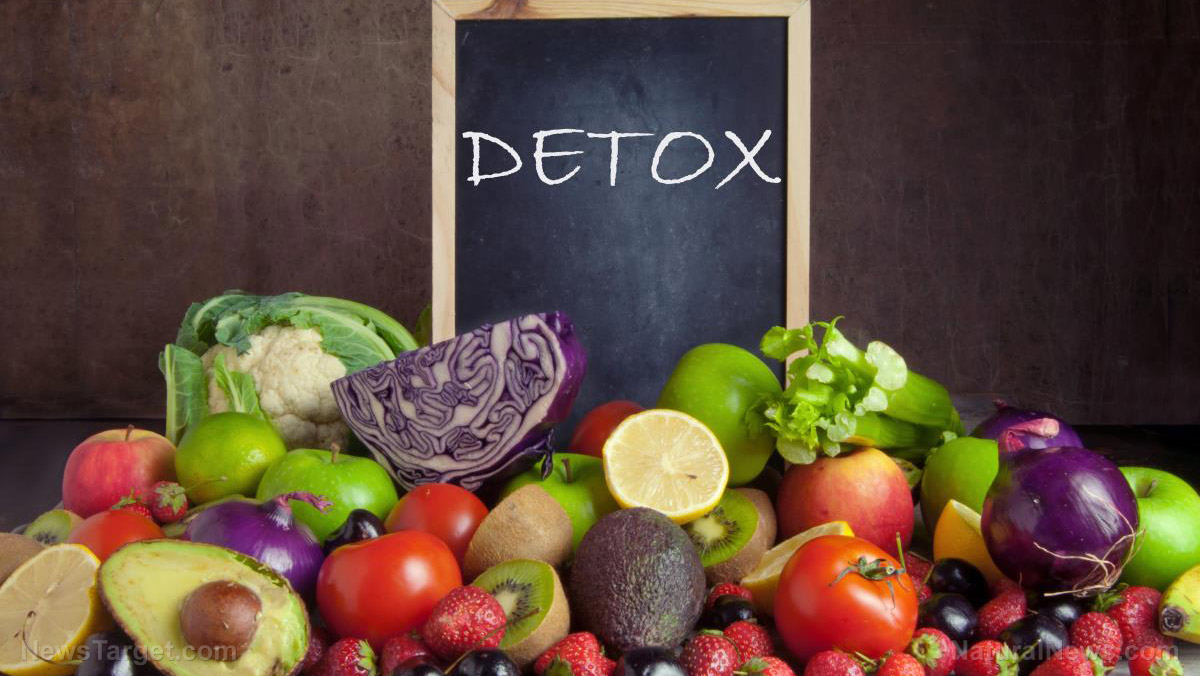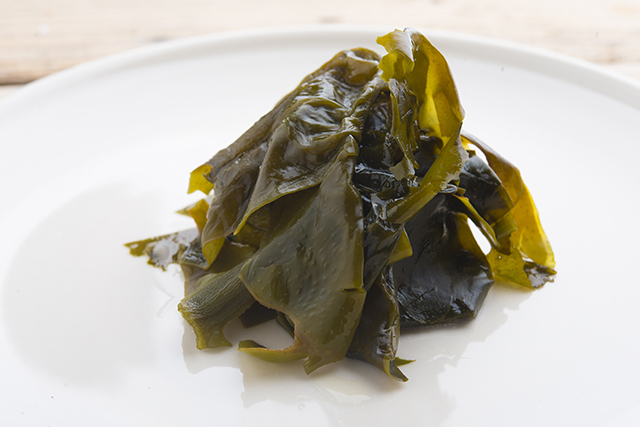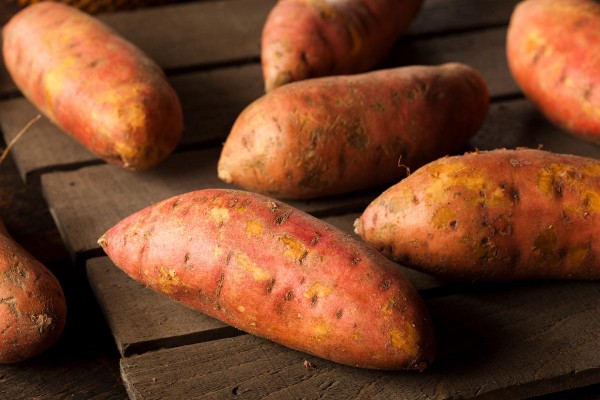
Though it pays to include high-quality spirulina or chlorella in your daily diet, some everyday whole food ingredients found in grocery stores can supercharge your health as well – without breaking the bank. Below are 10 fantastic everyday foods that meet the superfood criteria and are easy to integrate into your daily routine. (RELATED: Learn more about superfoods at SuperfoodsNews.com.)
1. Watercress
When it comes to leafy greens, kale often gets all the superfood fame, leaving other greens, such as watercress, in the shade. And that’s a real shame since watercress, among many other leafy greens, is loaded with highly beneficial phytochemicals to ward off cancer and other life-threatening diseases. In addition to being a great cancer-fighter, the mustard oil in the leaves and stems works as a potent natural antibiotic and anti-inflammatory agent to improve digestion and overall health.
2. Red bell peppers
This versatile vegetable gets its bright red color from high levels of anthocyanins, which act as powerful antioxidants protecting your body from free radical damage. Antioxidant-rich foods, such as bell peppers, are thought to play a significant role in the prevention of cancer, diabetes and heart disease. (RELATED: Find more news about preventing heart problems at Heart.news.)
3. Sesame seeds
While their size may tell a different story, many seeds are actually nutrient powerhouses. They are packed with healthy fats, protein, fiber and essential vitamins and minerals to maintain good health. The beneficial oils in sesame seeds can reduce blood pressure, while their high concentration of phytates is believed to neutralize the cancer-causing effects of free radicals.
4. Seaweed
As reported by The Telegraph, seaweed packs more iron than a sirloin steak, more fiber than prunes and more calcium than cheese. Furthermore, regular consumption of seaweed may lower cholesterol, reduce hypertension, improve digestion, boost weight loss and fight free radicals.
5. Turmeric
This bright yellow-orange spice has a long history of medicinal and culinary uses in Asian countries. Touted to clear up acne and prevent or manage arthritis, heart disease and Parkinson’s, turmeric is rapidly becoming a kitchen staple in the West too.
6. Mushrooms
Though the body has a hard time digesting raw mushrooms, when cooked, they release beneficial enzymes that are thought to lower LDL or bad cholesterol. Additionally, mushrooms are an excellent source of iron, which may boost energy levels and fight fatigue.
7. Sweet potato
The sweet potato is a naturally sweet, orange-colored root vegetable that delivers a lot of nutritional benefits. One large sweet potato provides more than 100 percent of your daily requirement of vitamin A. Additionally, sweet potatoes are an excellent source of vitamins of the B-complex and carotenoids.
8. Legumes
Legumes such as chickpeas, lentils and beans are among the best and cheapest sources of clean plant protein to build muscle and repair cells and tissues. Besides providing one of the body’s most essential building blocks, legumes are also a good source of fiber, complex carbohydrates, iron, magnesium, folate and potassium.
9. Oranges
Oranges are a great source of vitamin C, fiber, folate, thiamin and potassium. According to the American Heart Association, daily orange consumption helps to improve blood vessel function, thereby reducing the risk of stroke and heart disease.
10. Raspberries
Of all the nutrient-rich foods high in antioxidants, berries nearly always steal the show. While we often see blueberries topping superfood lists, raspberries surely match their beneficial effects. These delicious sweet treats are packed with more fiber than most other fruits, and are loaded with a host of antioxidants such as vitamin C, gallic acid and quercetin, that lower the risk of cancer, heart disease and age-related conditions.
As you can see, you don’t need to spend a fortune to reap the benefits of superfoods. These foods are inexpensive and easily accessible, no matter where you live. Or why not try to grow your own?
Sources:
Please contact us for more information.
















